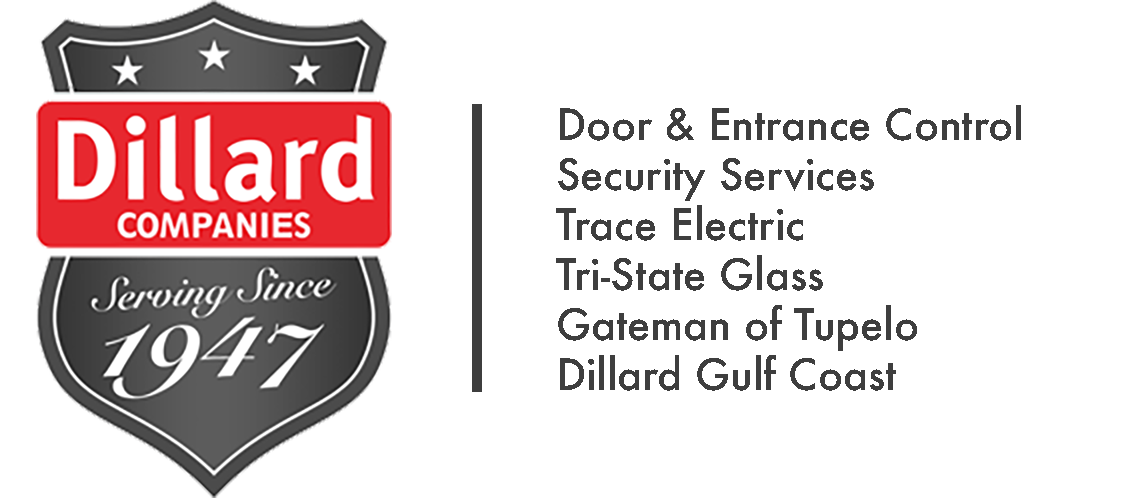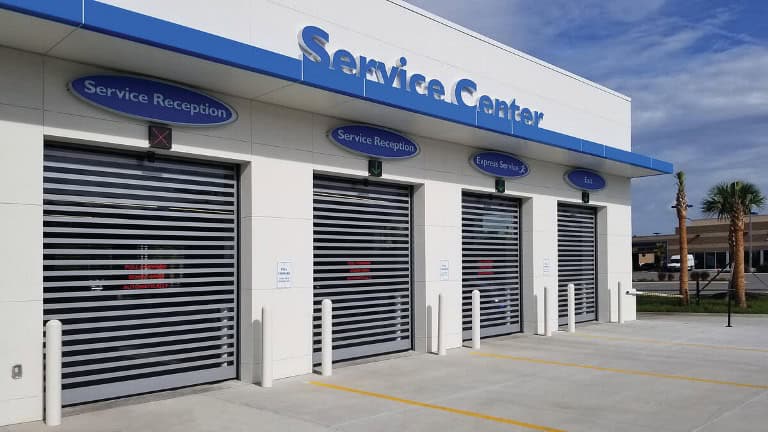Keep your operations moving with high-speed commercial doors designed for demanding environments like warehouses, manufacturing plants, and cold storage facilities. With rapid open/close cycles, these doors reduce energy loss, improve climate control, and enhance security in high-traffic areas.
Why Choose High-Speed Doors?
- Reduce downtime with rapid opening speeds
- Minimize energy loss and climate fluctuations
- Improve workflow and productivity
- Built for heavy-duty, high-traffic environments
Our High-Speed Door Categories
- High-Speed Fabric Doors – Ideal for interior corridors and cleanrooms
- High-Speed Insulated Fabric Doors – Enhanced thermal performance for temperature-sensitive areas
- High-Speed Metal Doors – Extra durability and security for exterior applications
- High-Speed Rubber Doors – Perfect for harsh environments with frequent forklift traffic
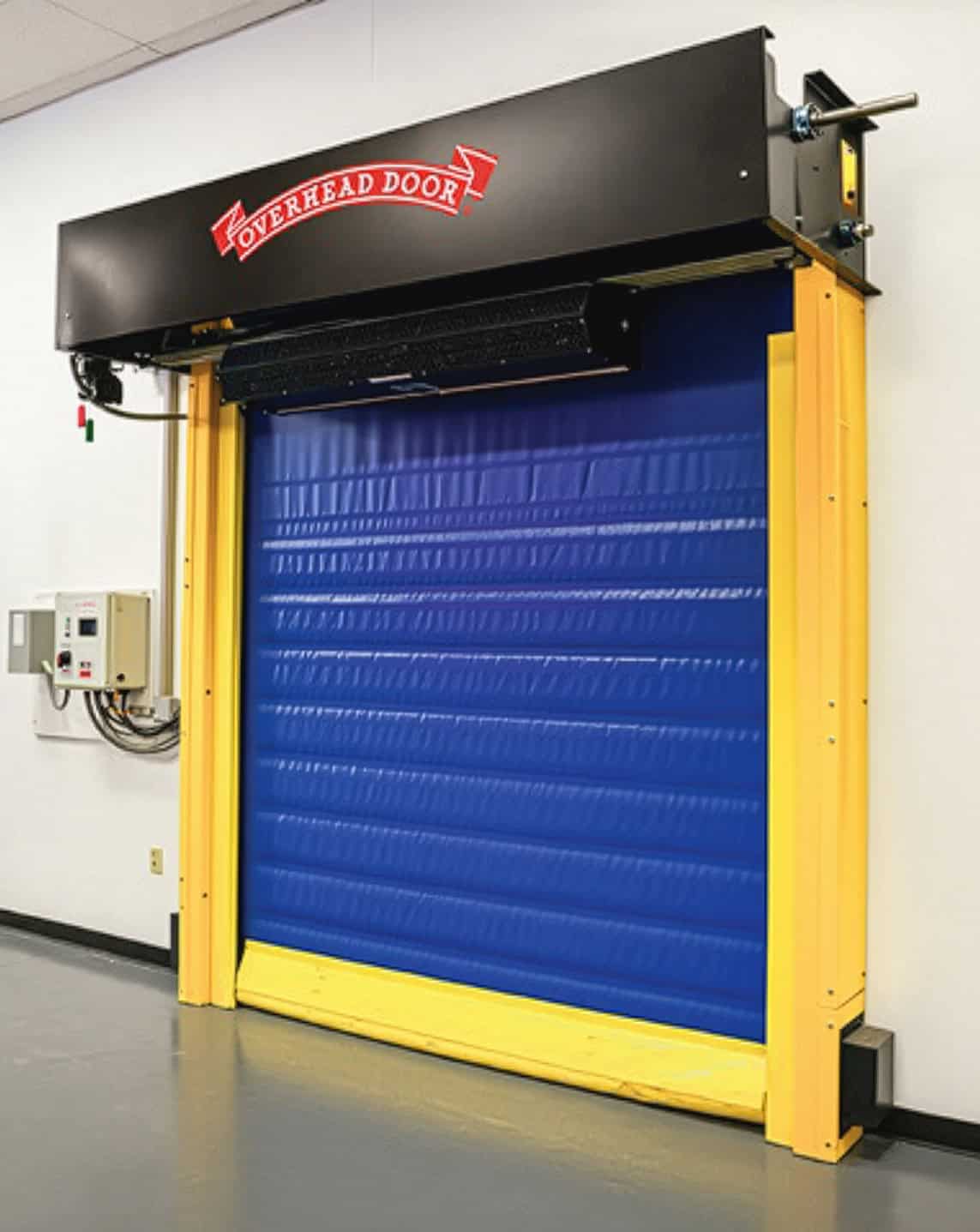

Why Overhead Door™ Brand?
With over 100 years of innovation, Overhead Door™ is an industry leader in commercial door solutions.
- Heavy-duty construction for maximum durability
- Energy-efficient insulation options to reduce costs
- UL 325-compliant safety features
- Corrosion-resistant coatings and custom finishes available
Energy Efficiency & Thermal Performance
Many of our commercial doors are designed for superior thermal efficiency, helping businesses reduce heat loss, improve climate control, and lower energy costs.
Our insulated commercial doors help businesses:
- Reduce heat loss by up to 30%
- Maintain temperature control for sensitive goods
- Lower operating costs in warehouses, cold storage, and retail facilities
Applications and industries
- Warehousing & Logistics
- Manufacturing & Processing
- Food & Beverage / Cold Storage
- Automotive & Parking
- Pharmaceuticals & Cleanrooms
- Retail Back-of-House
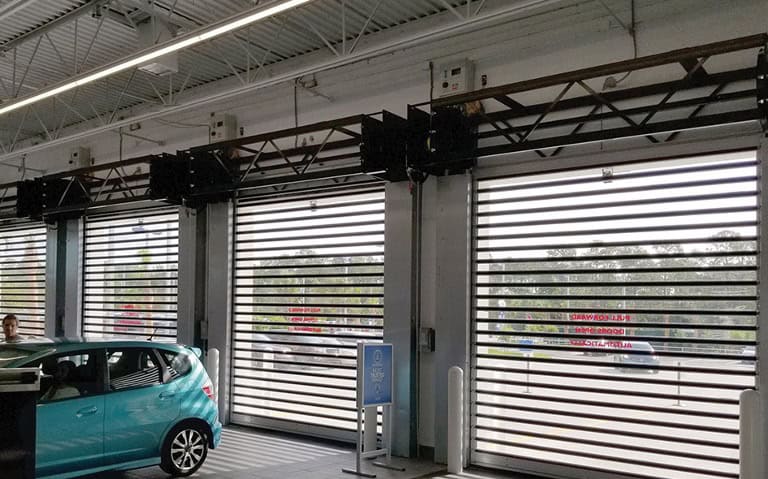
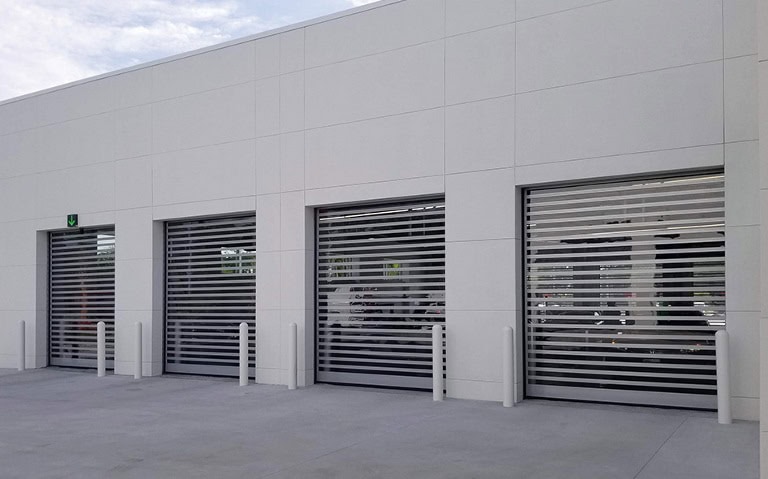
End-to-End Service from Dillard Companies
- Turnkey delivery: site assessment, engineering, installation & training
- 24/7 service and emergency repairs
- Preventative maintenance plans to minimize downtime
- Stocked parts for faster response times
FAQ's
How fast do high-speed doors operate?
Commercial high-speed doors are designed to open and close much faster than standard models, typically operating at speeds between 24 and 60 inches per second, with some advanced versions reaching 80 to 100 inches per second. They usually close slightly slower for safety, averaging 18 to 48 inches per second.
While a standard commercial overhead door may take 15 to 30 seconds to open fully, a high-speed door can do so in just 2 to 5 seconds. This faster operation improves energy efficiency by reducing air exchange, boosts productivity by minimizing wait times for forklifts and vehicles, and enhances security by limiting unauthorized access or pests.
What’s the average lifespan of a high-speed overhead door?
The average lifespan of a commercial high-speed overhead door is typically 10 to 20 years, depending on the quality of the door, how heavily it is used, and how well it is maintained. In terms of usage, most high-speed doors are rated for up to 1 million open-and-close cycles, with some heavy-duty models designed for even more. Regular maintenance, such as lubricating moving parts, replacing worn seals, and inspecting safety systems, can significantly extend the life of the door. On the other hand, environments with very high traffic, extreme temperatures, or poor upkeep may shorten its lifespan.
Can these doors be customized for my facility’s size and needs?
Yes, commercial high-speed overhead doors can be customized to fit your facility’s specific size, layout, and operational needs. Manufacturers typically offer a wide range of sizes, materials, and configurations to accommodate everything from large warehouse openings to smaller interior passageways. You can also choose options such as insulation for climate control, impact-resistant materials for heavy traffic areas, specialized safety features, vision panels or full clear sections for visibility, and different opening speeds depending on your workflow. Many suppliers also provide custom colors, finishes, and integration with access control or automation systems so the door blends seamlessly with your building’s design and operations.
